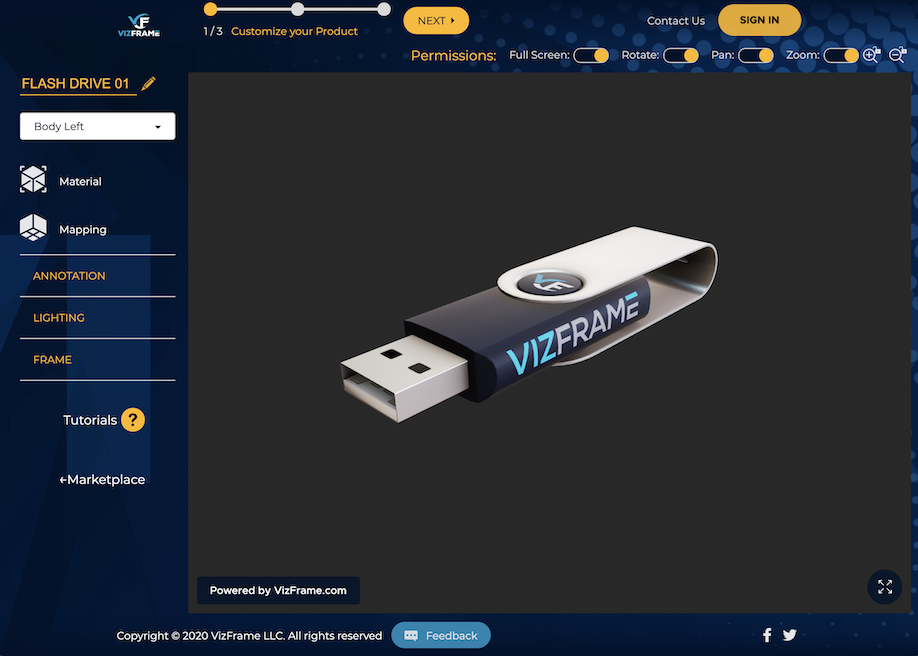What plastics can be used in additive manufacturing? In filament or powder form, the plastic should melt to form the object you are printing layer by layer. In resin form, it should solidify to form the object.
Each plastic will require different 3D printing parameters during the building process and will give parts varying properties. You can find here some examples of 3D printing projects.

Polycarbonate (PC)
Polycarbonate (PC) is a high-strength material designed for engineering applications. The material has good temperature resistance, able to resist any physical deformation up to around 150ºC.
However, PCs are prone to absorbing moisture from the air, which can affect performance and printing resistance. Therefore, the PC has to be stored in airtight containers. PC is highly valued by the AM industry for its strength and transparency.
It has a much lower density than glass, making it particularly interesting for designing optical parts, protective screens, or decorative objects.
High-Performance Polymers (PEEK, PEKK, ULTEM)
The evolution of 3D printing technologies has led to extensive research work on printing materials, enabling the development of a whole range of high-performance filaments with mechanical characteristics similar to those of metals.
There are several types of high-performance 3D printing plastics such as PEEK, PEKK, or ULTEM – they are distinguished by families such as polyaryletherketones (PAEK) or polyetherimides (PEI). These filaments have a very high mechanical and thermal resistance, are very strong, and at the same time much lighter than some metals.
Polypropylene (PP)
Polypropylene is another thermoplastic widely used in the automotive sector, professional textiles sector, and in the manufacturing of hundreds of everyday objects. PP is known for its resistance to abrasion and its ability to absorb shocks, as well as relative rigidity and flexibility.
However, drawbacks of the material include its low-temperature resistance and sensitivity to UV rays which can cause it to expand. Due to this, several manufacturers have developed alternative types of PP, similar-propilenos, that are stronger both physically and mechanically.
Nylon
Objects made from polyamides (nylon) are usually created from a fine, white, granular powder with SLS technology. There are however some variants of the material such as nylon that are also available in filaments used in fused deposition modeling (FDM). Due to its biocompatibility, polyamides can be used to create parts that come into contact with food.